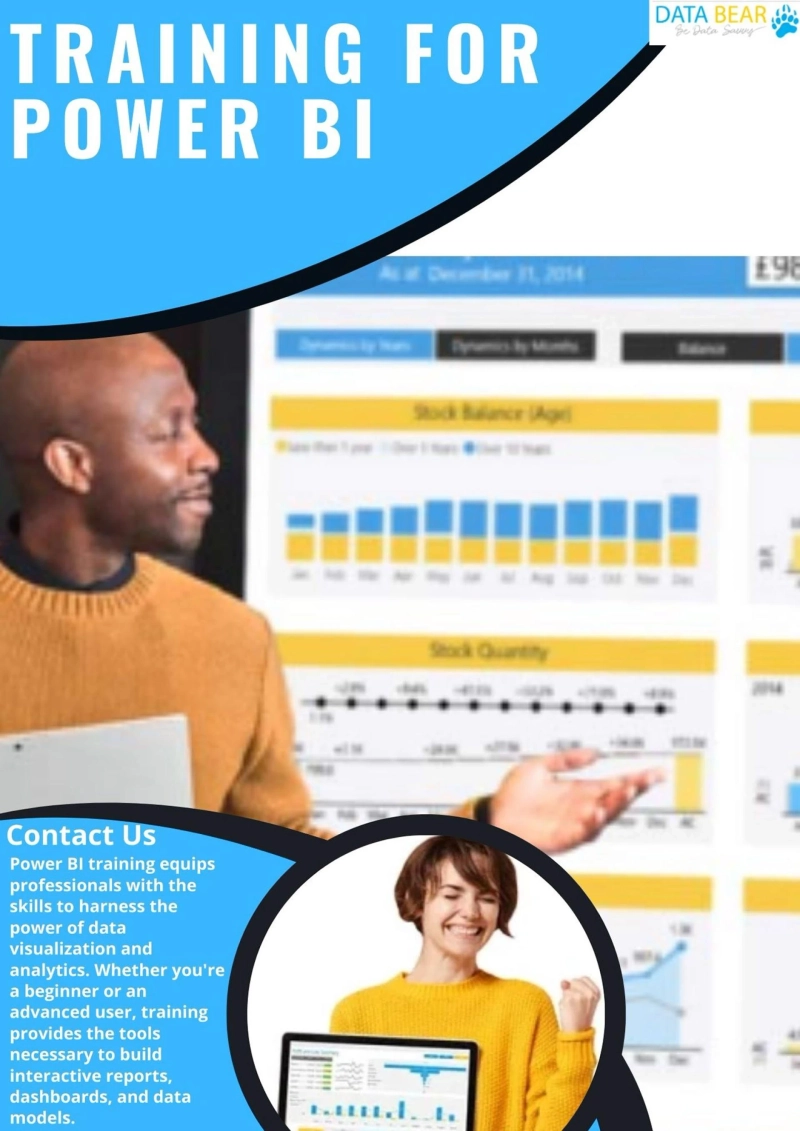Learning to work with data isn’t just for analysts anymore—it’s becoming part of many job roles. Power BI stands out because it helps people turn raw numbers into simple, useful visuals. The catch? There are hundreds of courses out there, all promising to teach you Power BI. But not all of them are worth your time or budget.
In this blog, we’re breaking down what actually makes a Power BI course valuable. You'll get a clear idea of what to look for, what to expect, and how to know if a course is the right fit for you.
Why Taking a Power BI Course Is Still a Smart Move
Companies use Power BI across departments, from finance and operations to marketing and HR. The tool helps teams spot trends, monitor goals, and simplify decision-making. You don’t need to be a full-time analyst to benefit from learning it.
A Power BI course gives you more than just buttons and charts. It can help you shift how you think about data, how you ask questions, what you measure, and how you explain your insights to others. With more jobs asking for data familiarity, learning Power BI adds value no matter what you do.
And if you’ve ever found yourself copying Excel sheets across multiple files or pasting screenshots into reports, Power BI can save you from that mess.
What a Great Power BI Course Actually Includes
Not all courses cover the same ground. A strong one does more than just show features. It teaches you how to use them for real problems.
Look for hands-on learning. The best courses ask you to apply what you’ve learned right away. Instead of just watching someone else build a dashboard, you’ll be creating your own with provided datasets or even your own files.
The course should start with the basics—connecting data, cleaning it, and building simple visuals. From there, it should move into modeling relationships, creating measures with DAX, and setting up filters that make reports easier to use.
A practical Power BI course will also touch on publishing dashboards to Power BI Service, sharing with others, and refreshing data automatically. These small steps often make the biggest difference once you're working with reports in real life.
How to Judge Course Quality Before Enrolling
With so many online options, it's easy to choose based on ratings alone. But five stars don't always tell the full story.
Start by checking when the course was last updated. Power BI adds new features almost every month, and a course using screenshots from two years ago may lead you down the wrong path.
Then, look at the instructor’s background. Have they used Power BI in actual business settings, or do they only teach? Practical experience usually translates to better examples.
It also helps to look at previews. Most platforms let you watch a few free lessons, use that to judge clarity, pace, and teaching style. And read the reviews but skip the generic ones. Instead, look for feedback that talks about the structure, support, or how the course helped someone apply the skills.
Measuring ROI: What You Get Out of the Course
ROI isn’t just about money. It's about what you walk away with after finishing.
Some people use Power BI to change roles or apply for promotions. Others use it to improve how they do their current job. A good course helps both.
Let’s say you manage a sales team. After the course, you might build a report that tracks leads by region, highlights team performance, and updates automatically every morning. That saves time, improves visibility, and lets your team focus on selling, not chasing numbers.
Certifications may help you land interviews but knowing how to use the tool with your own data is what actually makes a difference once you’re hired.
Power BI Course Formats: Which One Works for You?
There’s no one right format, only what fits you best.
Self-paced courses are great if you’re juggling work, school, or family time. You can watch lessons when it suits you and repeat tricky parts until they make sense. The downside? You need to stay motivated on your own.
Live classes give you real-time access to instructors. You can ask questions as they come up and sometimes get live feedback on your assignments. They’re helpful if you like structure but require more of a time commitment.
Then there’s the cost. Free courses can be a good intro, but paid ones often offer better support, community access, and real projects. If you’re serious about getting value, sometimes it’s worth paying for quality.
Conclusion
A power bi course isn't just a tech lesson; it’s a way to think better with data. The right one helps you get results faster, explain your work more clearly, and open new doors at work or beyond. As tools and industries change, your ability to make sense of numbers will stay useful.
So, if you’re going to spend time and money learning something, choose a course that pushes you forward, not just through the content, but into applying it where it counts most.



